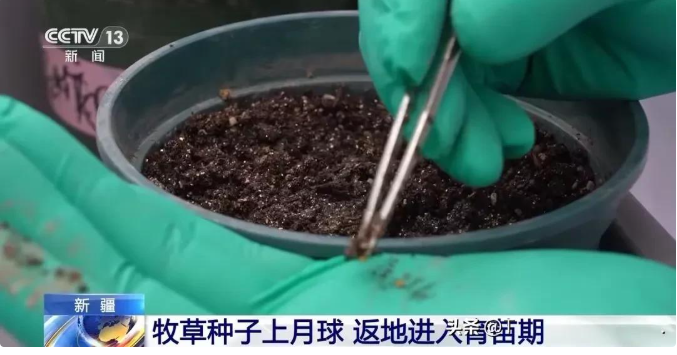The data transmitted back by China's 'Zhu Rong' Mars rover has revealed evidence that Mars once had oceans and beaches. Scientists analyzed the subsurface imaging data of Mars and discovered remnants similar to Earth's beaches, proving that the area was once an ocean. Research shows that there were processes of tides, ocean waves, and sediment flow on Mars in the past, which provides evidence there were vast water bodies on Mars. Experts believe that the beach areas on Mars may be ideal locations for searching for signs of life in the future. This discovery provides a new direction for the study of Mars' geological history and its ancient life.
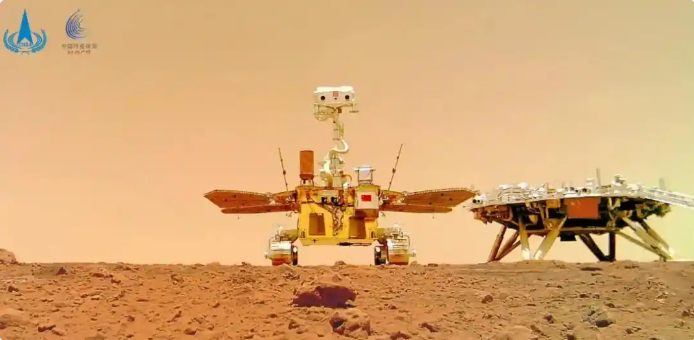
China successfully launched the Zhongxing 10R satellite into space using the Long March 3B carrier rocket at the Xichang Satellite Launch Center. The satellite smoothly entered its intended orbit, and the launch mission was a complete success.
This mission marks the 560th flight of the Long March series of carrier rockets. It signifies another major breakthrough for China in the field of aerospace, providing new technical support for applications in China's communication, navigation, remote sensing and other fields. At the same time, it also demonstrates the strong strength of China's aerospace science and technology.
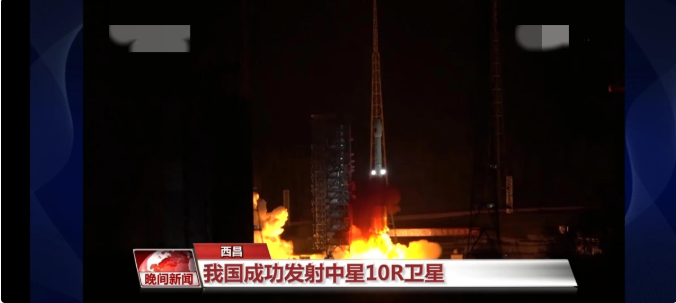
The carbon fiber exoskeleton products developed by Kangben Company of China Aerospace Science and Technology Corporation have achieved small-batch supply. Exoskeleton products can enhance human body functions and have a wide range of applications. Early research in China, metal materials were mostly used. In 2024, Kangben Company established a project team to tackle key technologies, and developed two products. After passing the tests, these products entered the stage of small-batch supply.
This achievement reflects the expansion of aerospace technology into the civilian field. It is a successful example of the cooperation among industry, university and research institutions. It injects new impetus into the development of the smart wearable industry and is expected to bring about more innovative applications.
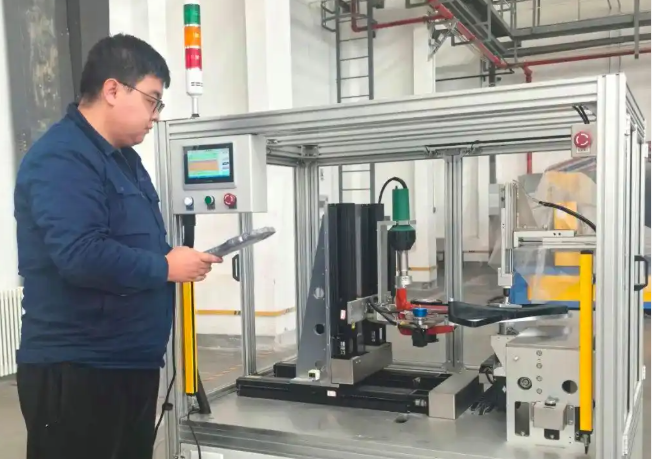
The first commercial submarine data center project in China, the Hainan Submarine Intelligent Computing Center Cluster, has been officially put into use. The new data module is connected to the world's first commercial submarine data center. The data module has a diameter of 3.6 meters and a length of 18 meters, and can accommodate 400 high-performance servers. For each second, it can complete one year's worth of calculations of a regular computer, and support an AI intelligent assistant to handle 7,000 conversations per second.
The project has signed contracts with nearly 10 enterprises and will be applied in fields such as AI, large model training, and industrial simulation etc. The Hainan Power Grid provides reliable power support, offering strong impetus for the submarine data center and facilitating the development of the digital industry.
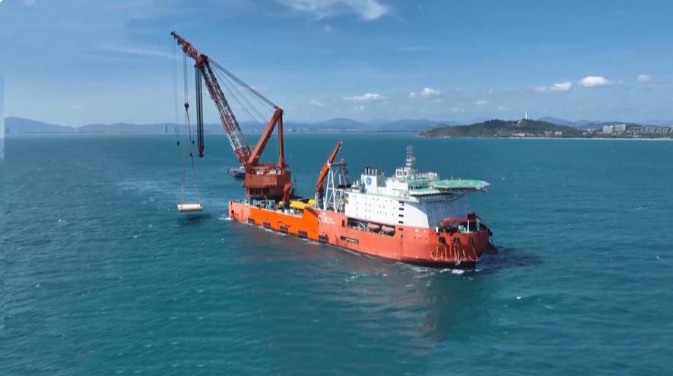
The first domestic 'Smart Forage Factory' has been built in Tumushuke city, Xinjiang province. By using intelligent light sources and fog cultivation technology, it enables the forage to grow throughout the year. The 6,000-square-meter factory can produce 3,000 tons of fresh forage annually, which is equivalent to the output of 1,500 mu of natural grasslands, and the water-saving rate reaches 95%.
During the same period, Xinjiang has improved the forage stress resistance through space breeding. 100,000 seeds of Alhagi sparsifolia, alfalfa and other plants that returned from the moon with the Chang'e-6 last year have already started the seedling raising process. Previously, space breeding experiments have increased the forage yield by 30%, and extended the growth period by more than ten days.
At present, Xinjiang is combining space breeding with AI technology to cultivate new high-quality forage varieties, promoting the high-quality development of the animal husbandry industry.
